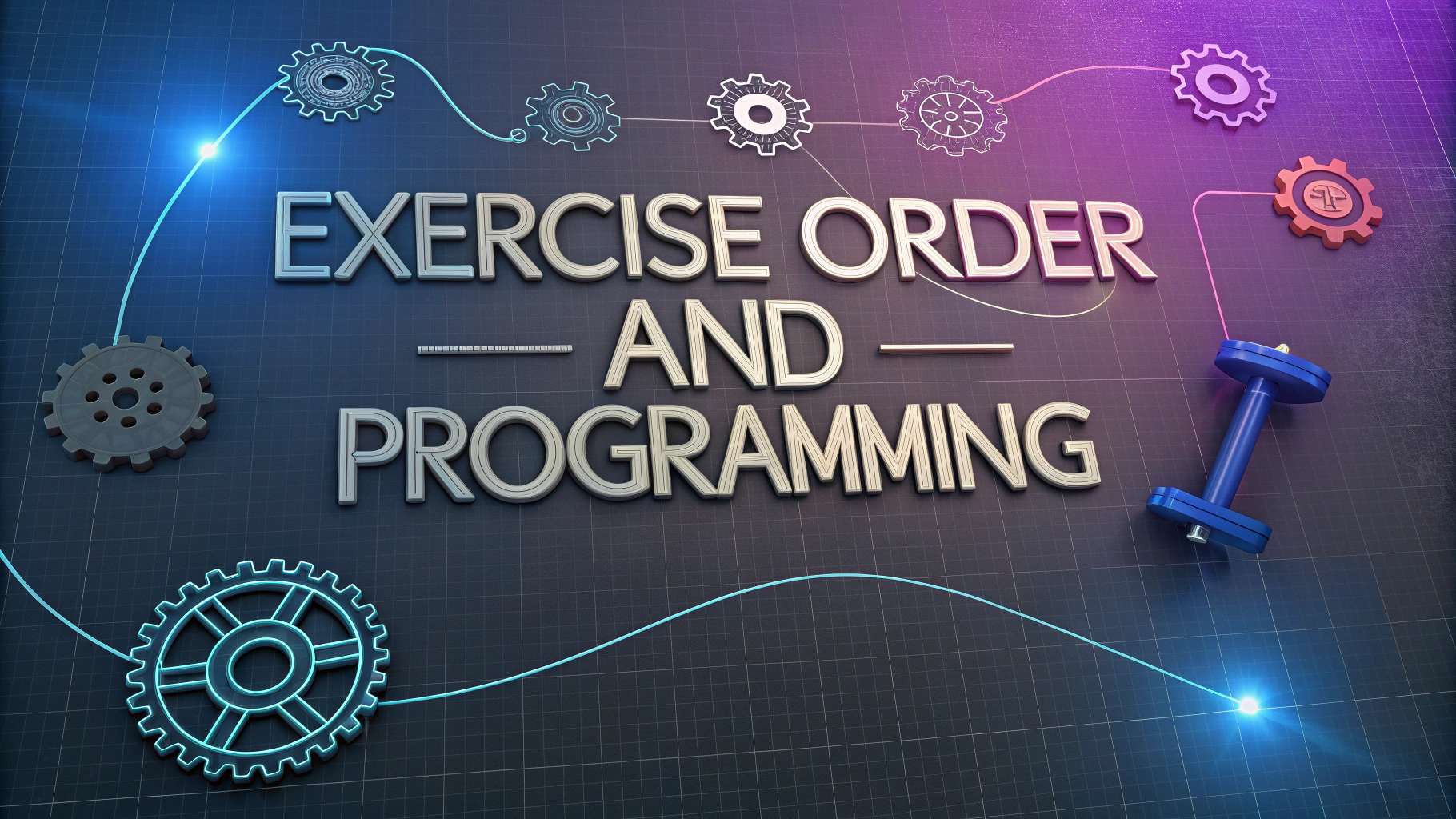Weight loss is only half the journey – keeping those pounds off requires specific strategies and lifestyle changes.
Research shows that 80% of people who lose significant weight regain it within a year, but this doesn’t have to be your story.
Key Strategies for Maintaining Weight Loss
- Track calories consistently (apps like MyFitnessPal help)
- Weigh yourself weekly at the same time
- Keep a food diary
- Exercise 150-300 minutes per week
- Get 7-9 hours of sleep nightly
Nutrition Tips That Work
Eat protein at every meal (aim for 25-30 grams) to maintain muscle mass and feel fuller longer.
Fill half your plate with vegetables at lunch and dinner.
Keep healthy snacks readily available – cut vegetables, Greek yogurt, or nuts in pre-portioned containers.
Exercise Guidelines
| Activity Type | Weekly Goal |
|---|---|
| Cardio | 150 minutes moderate or 75 minutes vigorous |
| Strength Training | 2-3 sessions |
Mental Strategies
Connect with support groups (in-person or online communities like r/loseit) to stay motivated.
Practice stress management through meditation, yoga, or regular walks.
Common Challenges and Solutions
- Challenge: Social events – Plan ahead by checking menus and eating a small protein-rich snack beforehand
- Challenge: Stress eating – Keep a stress journal and develop non-food coping mechanisms
- Challenge: Plateau – Adjust calorie intake and mix up exercise routine
Warning Signs to Watch
Contact your healthcare provider if you experience unusual fatigue, extreme hunger, or rapid weight regain.
Schedule regular check-ups to monitor your health markers and adjust your maintenance plan as needed.
Resources
- National Weight Control Registry: www.nwcr.ws
- Academy of Nutrition and Dietetics: www.eatright.org
- American Council on Exercise: www.acefitness.org
Remember that maintaining weight loss is a lifestyle, not a temporary fix – small, consistent actions lead to lasting results.
Lifestyle Adjustments for Long-Term Success
Daily Habits to Cultivate
- Meal prep on weekends for the week ahead
- Keep a water bottle with you throughout the day
- Take the stairs instead of elevator
- Park farther from entrances
- Stand or walk during phone calls
Building a Sustainable Routine
Focus on creating habits you can maintain for life, not temporary restrictions. Allow for occasional treats within your overall balanced plan.
Schedule regular “check-ins” with yourself to assess what’s working and what needs adjustment.
Environmental Setup
- Organize your kitchen to promote healthy choices
- Keep exercise clothes visible and accessible
- Remove or limit trigger foods from your home
- Create a designated exercise space
Conclusion
Successful weight maintenance requires a comprehensive approach combining nutrition, exercise, and lifestyle modifications. By implementing these strategies and remaining consistent, you can be among the 20% who maintain their weight loss long-term.
Remember these key points:
- Regular monitoring is essential
- Support systems increase success rates
- Flexibility and self-compassion matter
- Small daily choices add up to significant results
Your weight loss success story doesn’t end with reaching your goal weight – it’s an ongoing journey of healthy living and self-care.
FAQs
- Why do most people regain weight after losing it?
Most people regain weight because they return to old eating habits, experience hormonal adaptations that increase hunger, have a slower metabolism after weight loss, and often treat dieting as a temporary solution rather than a lifestyle change. - What’s the most effective way to maintain weight loss long-term?
Regular physical activity (at least 150 minutes per week), consistent meal timing, portion control, regular weigh-ins, and maintaining a food diary are proven strategies for long-term weight maintenance. - How does metabolism change after significant weight loss?
After weight loss, metabolism typically slows down due to reduced body mass, requiring fewer calories for maintenance. This metabolic adaptation, known as “adaptive thermogenesis,” can persist for months or years. - What role does exercise play in weight maintenance?
Exercise helps maintain muscle mass, boosts metabolism, regulates appetite hormones, and burns calories. Research shows that successful weight maintainers exercise 60-90 minutes daily. - How many calories should I eat to maintain my new weight?
Multiply your new weight by 12-15 calories per pound for a general maintenance calorie target. Adjust based on activity level and monitor weight changes to fine-tune this number. - What foods are best for weight maintenance?
High-protein foods, fiber-rich vegetables, whole grains, and healthy fats help maintain weight by promoting satiety, stabilizing blood sugar, and preserving muscle mass. - How often should I weigh myself during maintenance?
Studies show weighing yourself 1-2 times per week helps maintain weight loss by allowing early detection of weight regain and prompt corrective action. - What hormonal changes occur after weight loss that affect maintenance?
Leptin levels decrease (increasing hunger), while ghrelin levels increase (stimulating appetite). These changes can persist for months, making maintenance challenging. - How important is sleep in maintaining weight loss?
Adequate sleep (7-9 hours) is crucial for maintaining weight loss by regulating hunger hormones, reducing stress eating, and maintaining proper metabolism. - What should I do if I notice weight regain?
Return to food logging, increase protein intake, adjust portion sizes, and enhance physical activity. Address the issue early when regain is small (2-3 pounds) rather than waiting.







